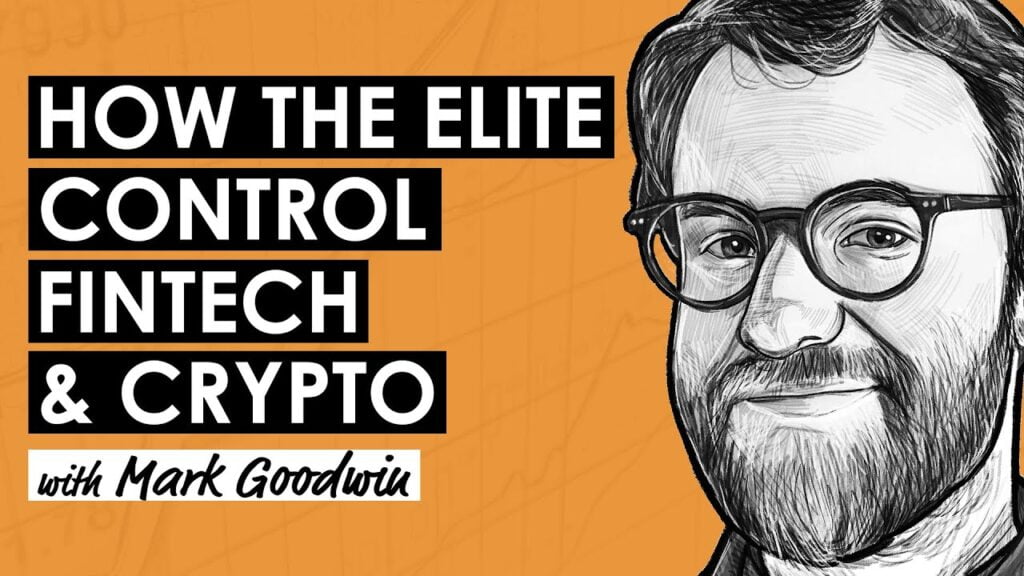Research Summary
The report discusses Bitcoin’s dominance in the digital asset space, its unique characteristics as a monetary good, and its potential as a store of value in the digital world. It also explores the differences between Bitcoin and other digital assets, the challenges and trade-offs in Bitcoin’s scalability, and the risks and opportunities associated with investing in Bitcoin and other digital assets.
Key Takeaways
Bitcoin’s Unique Position in the Digital Asset Space
- Bitcoin’s Dominance: Despite the growth of other digital assets, Bitcoin continues to dominate the market due to its security, decentralization, and sound monetary properties.
- Bitcoin as a Monetary Good: Bitcoin’s value is derived from its ability to fulfill the characteristics of a monetary good, such as scarcity, durability, and ease of use, storage, and transportability.
- Bitcoin’s Network and Token: The report distinguishes between Bitcoin the network, which serves as a payment system, and Bitcoin the token, which is the asset.
Bitcoin’s Scalability Challenges and Trade-offs
- Scalability Limitations: Bitcoin’s scalability is limited due to its focus on decentralization and security, resulting in slower transaction processing compared to centralized payment networks.
- Block Size Debate: Attempts to increase Bitcoin’s transaction throughput by increasing the block size led to a contentious debate within the developer community, highlighting the trade-offs between scalability, decentralization, and security.
- Outcome of the Block Size War: Changes to the Bitcoin code during the block size war resulted in hard forks and the need for all nodes to upgrade to avoid network splits.
Comparison Between Bitcoin and Other Digital Assets
- Bitcoin vs. Ethereum: While Bitcoin is a decentralized, secure, monetary network, Ethereum is a distributed world computer and multipurpose platform with a more complex network and potential decline in security.
- Bitcoin’s Value Driver: Bitcoin’s primary value driver is its scarcity and reliable supply cap, making it a monetary good, whereas other digital assets have different return drivers.
- Bitcoin’s Role in a Multi-Chain World: In a multi-chain world, Bitcoin is well-positioned to fulfill the role of the ecosystem’s non-sovereign monetary good.
Risks and Opportunities in Investing in Bitcoin and Other Digital Assets
- Risks of Investing in Bitcoin: Investing in Bitcoin carries a high degree of risk, including the possibility of losing the entire invested amount, operational issues in Bitcoin exchanges, and potential vulnerabilities in the Bitcoin protocol.
- Bitcoin’s Return Profile: Bitcoin’s return profile is driven by the growth of the broader digital asset ecosystem and the potential instability of traditional macroeconomic conditions.
- Risks of Investing in Non-Bitcoin Digital Assets: Non-Bitcoin digital assets come with greater overall risks and a meaningful chance of the token becoming worthless if it fails to live up to expectations.
Actionable Insights
- Consider Bitcoin’s Unique Position: Investors should consider Bitcoin’s unique position in the digital asset space and its potential as a store of value in the digital world.
- Understand the Trade-offs: It’s important to understand the trade-offs in Bitcoin’s scalability and the implications of changes to the Bitcoin code.
- Compare Bitcoin with Other Digital Assets: Investors should compare Bitcoin with other digital assets to understand their differences and potential return drivers.
- Evaluate Risks and Opportunities: Investors should carefully evaluate the risks and opportunities in investing in Bitcoin and other digital assets, and consider their risk tolerance.












